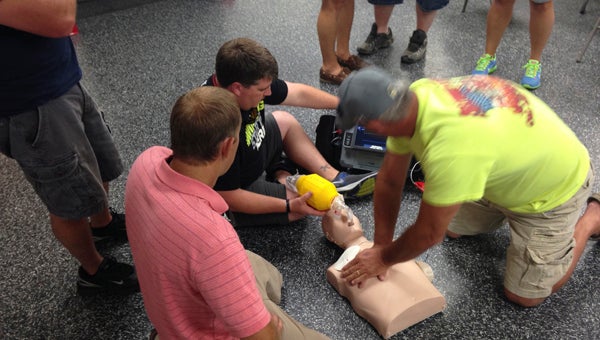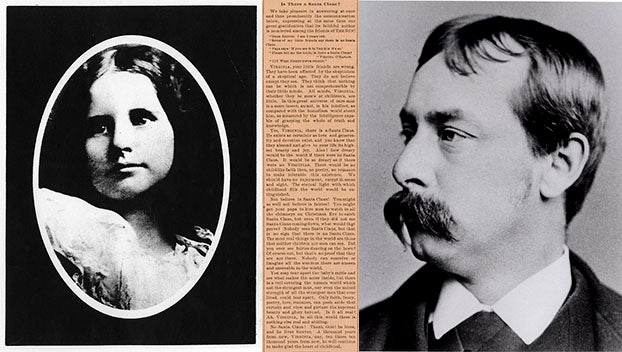In case of cardiac emergency
Published 6:13 pm Monday, May 11, 2015

DAILY NEWS
LIFE SAVING: EMS and volunteer fire department personnel practice pit crew CPR, a method in which uninterrupted chest compressions, and potential use of AEDs, and paramedic life support and medications, keep a cardiac arrest victim right where he or she is. Research has shown that stopping chest compressions, even to load someone onto a gurney and into an ambulance, greatly reduces the chance of survival for cardiac arrest victims.
When a loved one is felled by a heart attack, of course the foremost thing on anyone’s mind is getting that person treatment, as soon as humanly possible. With the call to 911 made, there’s nothing to do but wait until emergency personnel arrive.
That’s what many would think, but it’s not the case.
When someone suffers from cardiac arrest, their chance for survival is much greater with CPR. One does not have to use the CPR of old, but a newer version, one without mouth to mouth, focusing solely on chest compressions and keeping blood circulating because there’s enough oxygen in the blood to get the victim by.
Local dispatchers aren’t authorized to walk a caller through emergency medical measures, so until EMTs and/or paramedics arrive, those on the scene are the go-to CPR providers. Consider getting the necessary training, especially if anyone in the household suffers from heart-related issues. Being able to keep up constant chest compressions may mean the difference between life and death.
Those constant chest compressions are so important that EMTs and paramedics are changing their method of treatment for cardiac arrest victims. Instead of rushing the victim into the ambulance then on to the emergency room, they are taking the emergency room to the victim. When it comes to heart attacks, anything that can be done in the ER can be done by paramedics on site and the pit crew method of CPR ensures that the life-saving, blood-circulating compressions continue without pause, via a rotation of people.
With six people working on one cardiac arrest victim, having enough space is imperative. There’s not enough room in the back of an ambulance to accommodate the effort. With a victim being loaded onto a gurney then moved to the back of the ambulance, chest compressions are interrupted — with pit crew CPR, they’re also interrupted, but only to shock the patient with a defibrillator.
As Beaufort County residents, and indeed, the entire nation’s worth of Baby Boomers, gets older, cardiac arrest incidents will increase proportionately. It’s best to be prepared for the worst by getting CPR training. But it’s also good to understand that the best treatment for a cardiac arrest victim is to keep them right where they are until they’re stabilized.
Not rushing a heart attack victim to the ER may seem counterintuitive, but it’s not. It’s giving that person a fighting chance.




